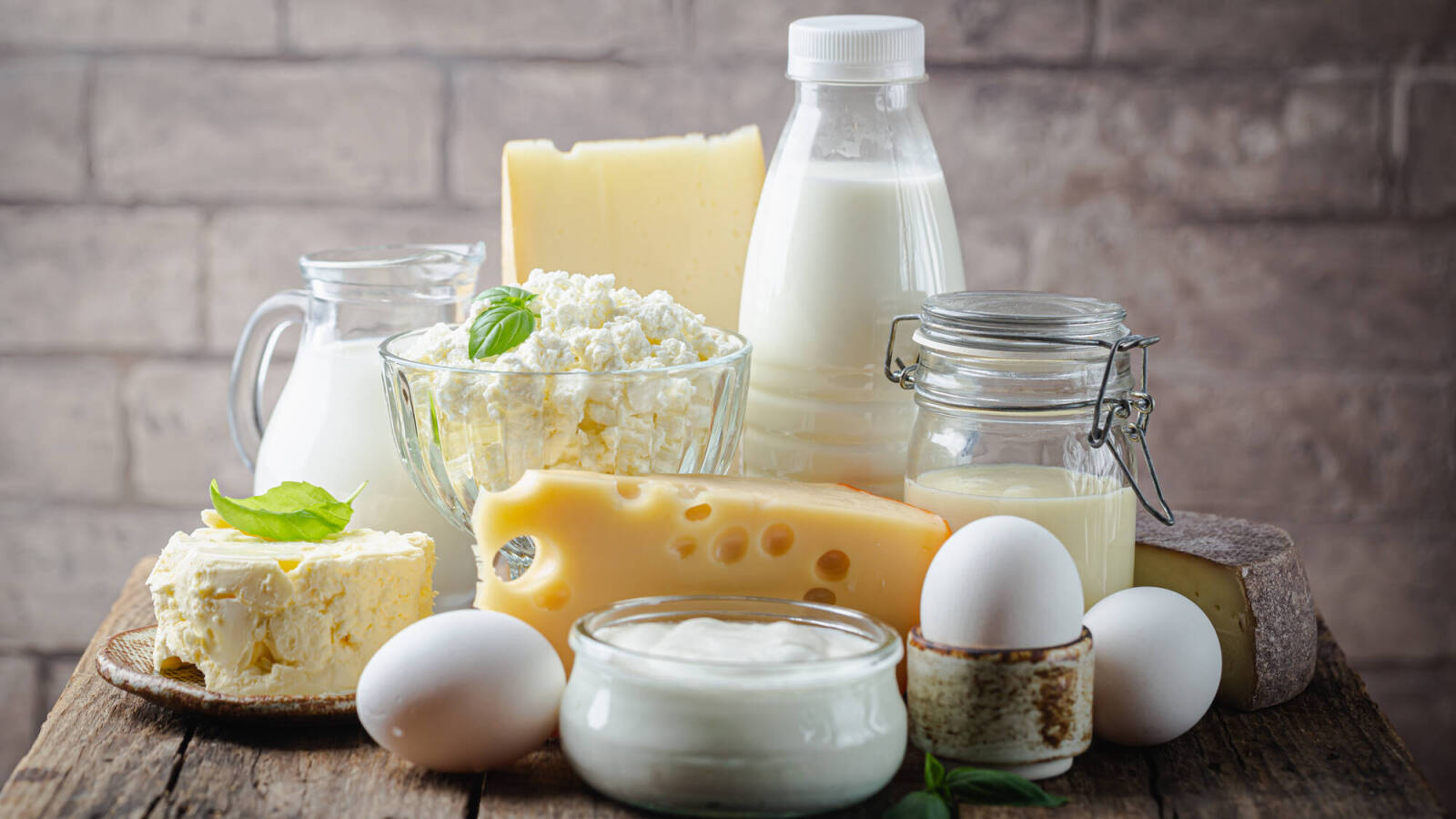When I was a young girl approaching womanhood in the early ’90s, the diet and nutrition business was booming. Like most between the ages of 12-16, I was thinking a lot about my figure. Thinness seemed obligatory and muscle definition a very distant “nice to have.” By far the most loudly touted course of action to achieve this ideal form was to consume fat free and low fat foods. According to the media and food companies, if you wanted to look like your favorite celebrity or supermodel (a newly coined term) you’d better stick to a diet of rice cakes, smoothies and salads. We all jumped in without question, immediately banning red meats and healthy fats like nuts and avocados for an entire decade. We know now this approach was deeply flawed and primarily fueled to sell packaged foods. It left us hungry, moody, nutrient deprived and less capable of maintaining muscle mass. What a waste of delicious calories and mental energy!
In 2023 we are armed with a lot more information on diet and nutrition. But even so, old habits die hard. It’s still difficult for me to think of a meal with heavy meat content or a thick, creamy sauce as potentially good for my physique and overall health. I know logically that I need to eat more protein but it’s hard having long been told it was “fat” building. It’s time for a change. Time to let all previous notions go and think about my health holistically. As much as I love to eat TCBY for dinner (I’m a White Choc Macadamia nut girl) – it will not help me look and feel my best if consumed as a meal substitute. My bones need more than a low-fat snack! And they deserve it. So, how does a hard-core low-fat girl attempt to change her ways? Here’s where I’ve gotten so far.
Experts Say:
According to a Mind Body Green article, “Skeletal muscle is the main reservoir of protein, so when we’re not getting enough protein, we start to lose muscle tissue. This is something we want to avoid since having low muscle mass is associated with an increased risk of cognitive decline, insulin resistance, high inflammatory markers, and more. 100 grams of protein a day is a solid goal for most women.”
According to Healthline , Peas, spinach, avocado, lima beans, broccoli rabe, beans, eggs, seafood, lean beef, Greek yogurt, white meat protein, and quinoa are all great sources of protein.
Professional Resources:
Corey Walsh,LDN, RD
Recipes:
Meatballs, BBC Food
Chickpea Stew, BBC Food
Ideal Protein Recipes
Shrimp Scampi, Molly Kimball for Eat Fit
Books:
Food Therapist, Garden District Book Shop
Plenty of tasty recipes aimed at rebalancing hormones and conquering cravings without deprivation
Eat Complete, Octavia Books
Sustainable Protein Sources, Octavia Books
Alternative protein consumption, including those that benefit the environment, population
The Galveston Diet, Garden District Book Shop
Diet and lifestyle program to balance nutrition and reduce uncomfortable symptoms during menopause and perimenopause
Eat Fit, Molly Kimball
Sale & Event Picks:
Buy One Get One, Azby’s – through Sunday
Note: This information is not intended to be a substitute for professional medical advice or treatment. Always consult your physician before undertaking a new healthcare regimen.


